Small, Simple Changes That Can Make Your Home More “Green”
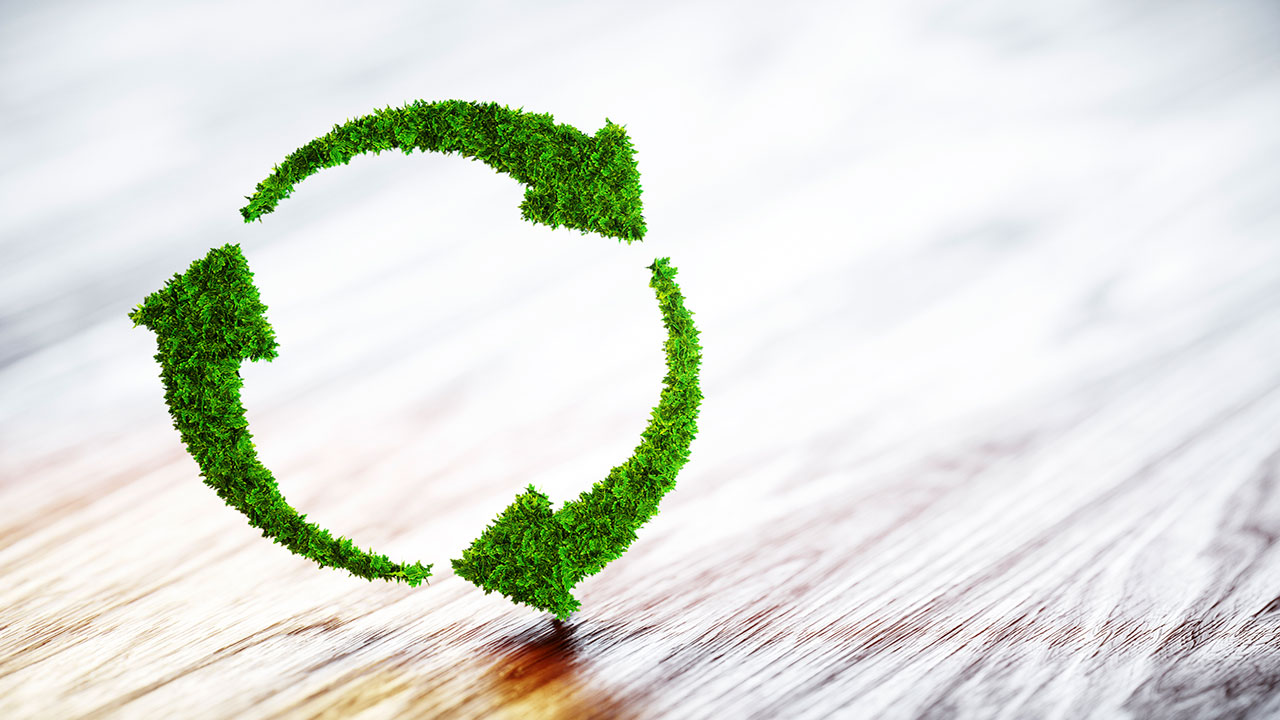
Americans can be a very wasteful bunch. It’s estimated that we create about 254 million tons of trash and waste about 20% of energy every year. Forty percent of food is wasted annually, and our carbon footprint is equal to 20 tons of CO2-equivalent (a measure of our carbon footprint) per year.
Seems, pretty wasteful, right? Well, as dire as these numbers may sound, there are still plenty of ways that we as Americans can make improvements at home to reduce our carbon footprint on the planet and make our homes more eco-friendly.
Fix Water Leaks Right Away
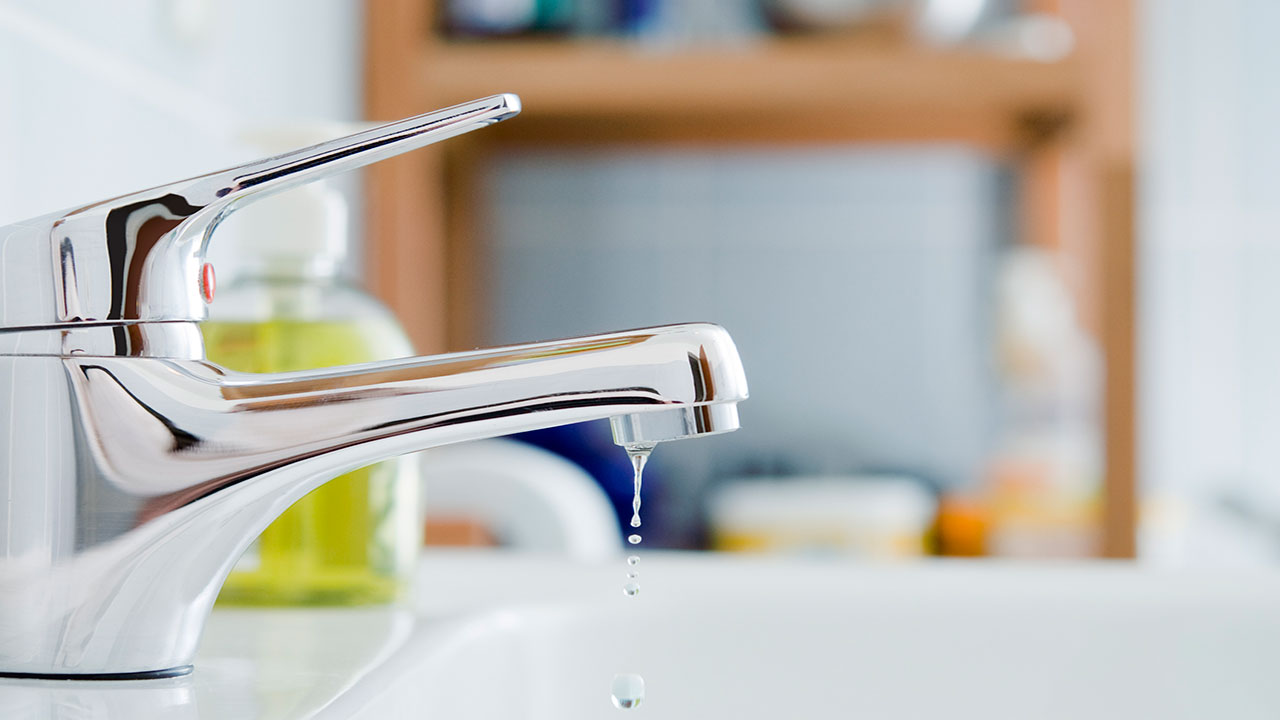
Something as seemingly insignificant as a leaky faucet or running toilet can waste as much as 10,000 gallons of water every year. That’s a lot of wasted water that can be easily reduced by simply fixing leaks where they occur as soon as they are detected. We already know how precious water is, and to waste it like this makes no sense considering how easy the solution is. Check your home for water leaks and call in the pros to have them fixed if you find any.
Reuse Items
If you’ve got no more use for something, you can always recycle it to reduce the amount of waste you create. But you may also want to consider reusing items if possible. If you’re crafty, you can reuse the materials from an old desk to create something else of use, for instance. Or instead of tossing out your old food containers or jars, use them for crafts for the kids or as vases to house fresh flowers. Use your imagination before you decide to throw anything out.
Use Food Scraps For Compost
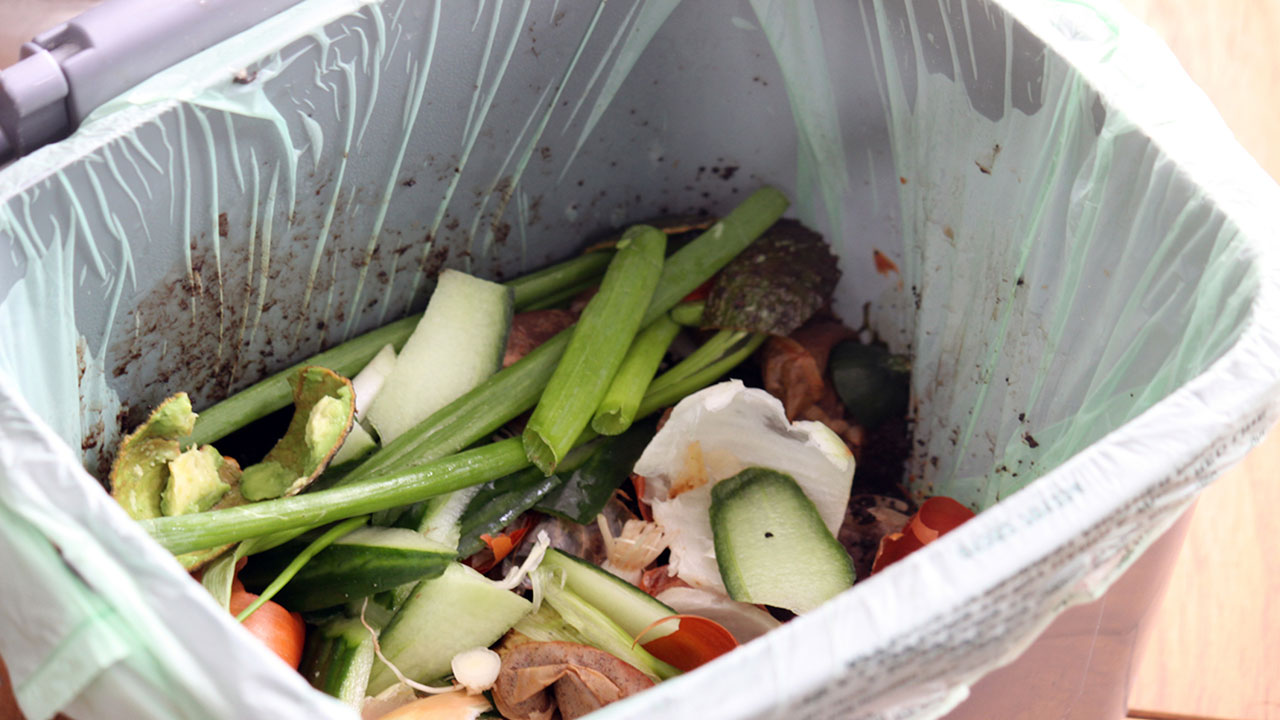
Instead of filling your trash can with food scraps or letting the garburator deal with vegetable peels, collect them to create a rich compost for your garden. Food items such as vegetable peels, coffee grinds, and even eggshells can be composted to enrich the soil of your indoor or outdoor garden. Just make sure to make it easy to compost and keep a separate bin in your kitchen specifically for these items.
Seal Gaps at Door and Window Openings
Not only are you wasting a ton of energy by allowing air leaks in your home, you’re also wasting a lot more money than necessary. If your utility bill seems to get higher and higher each month, there just might be a few air leaks around your home. Take a walk around your home to detect any leaks around door and window frames, and seal them up if and when you find any. You can save a lot of energy and even cut back on your energy bills by as much as 10%.
Collect Rainwater For Watering Plants
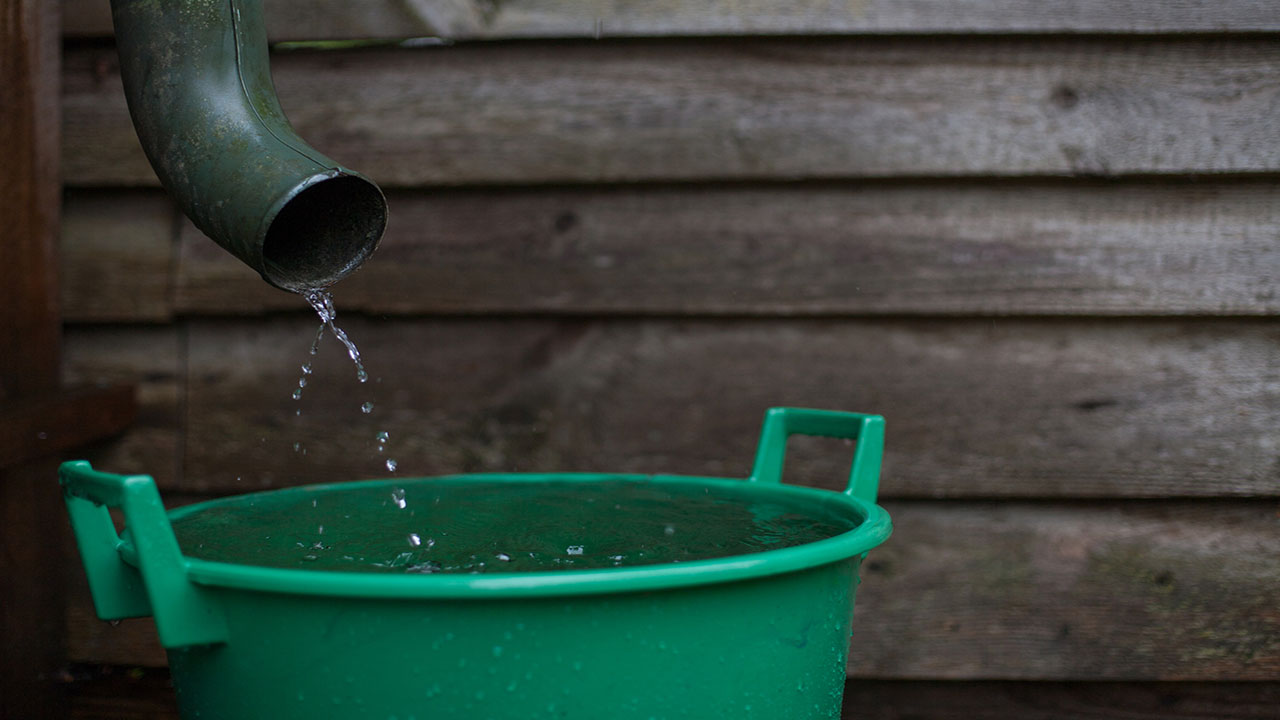
California is notorious for its droughts, so any drop of water that you can save is important. While it doesn’t really rain much in the Golden State, those periodic times of rainfall should be taken advantage of. Consider collecting rainwater in a barrel to be used to water your plants, grass, and flowers. Hundreds of gallons of water can be dumped on your home in just one day of rain. Rather than allowing it to go down the sewer, collect it and use it instead of turning on your hose.
Install a Fan in Your Attic
The amount of energy used to cool your home can be reduced by having an attic fan installed. Heat from the sun can push its way into your home through the roof, causing your HVAC system to have to work overtime to keep the interior air cool. Attic fans can push that hot air out of the attic and prevent it from heating up your home, thereby reducing your dependence on the air conditioner. It’s important for your attic to be adequately insulated for this method to work best, which helps to trap hot air rather than allowing cooled air to be pushed out.
Landscape Your Yard With Native Species
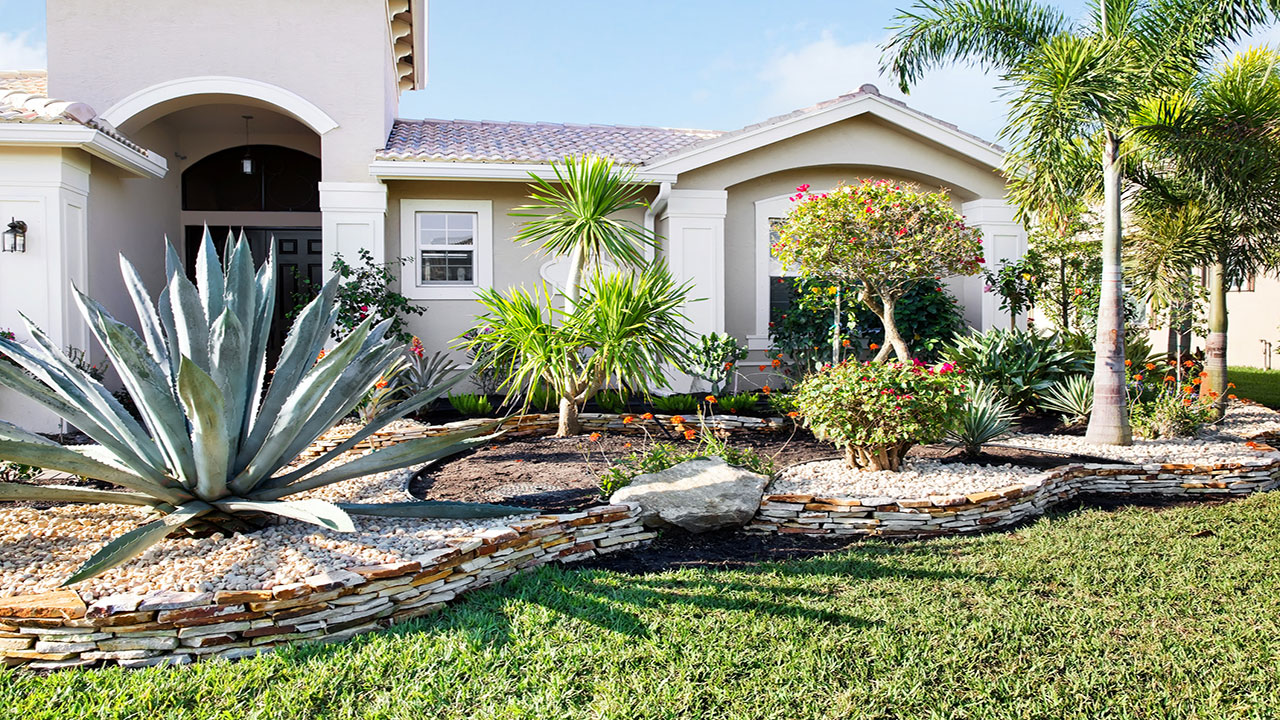
You can do something good for the environment by planting trees, bushes, and plants in your yard that are native to your area. This type of greenery is already adapted to the location, which means they are low-maintenance and require much less watering and soil fertilization on your part to make them thrive. As an added bonus, such greenery will be a haven for local wildlife and insects.
Clean Your Fridge and Freezer Coils
Refrigerators and freezers are energy hogs, especially when they’re not maintained properly. One thing you can do to minimize any wasted energy is by cleaning out the coils in these appliances. Simply use a scrub brush to scuff off any debris and lint from the coils underneath, which will help the appliances use up less energy to keep your food cold or frozen.
Change Your Lightbulbs to LED Bulbs
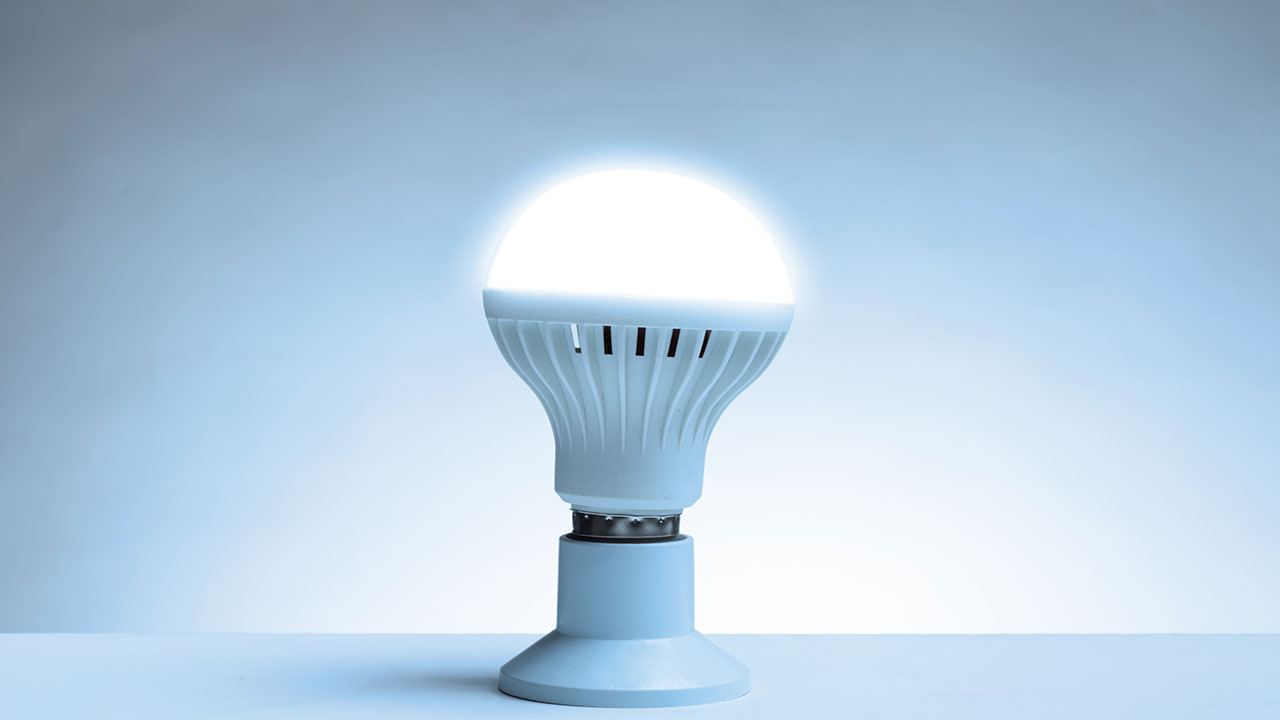
LED light bulbs use about 70% less energy than traditional incandescent bulbs, and they last a lot longer, too. Just a simple swap of the lightbulbs in your home can help you save both energy and money every year.
Use Cold Water When Washing Clothes
It’s common for homeowners to use cold water with colored clothing and warm or hot water with whites. But cold water can do just as good a job at washing as warm water. Rather than wasting energy heating up all that water, use cold water when washing your clothes instead to save a great deal of energy per load of laundry.
Use Power Strips

There are many things in the home that use up a lot of energy even when they’re not in use, including coffee makers, toasters, phone chargers, televisions, and computers. While you could unplug each one of these individually to save energy, you can make things a lot easier for yourself and more likely to switch them off by using power strips, as long as they have an on/off switch. By plugging all of these energy suckers into one power strip, you can shut the power off to them by the flick of a switch.
Fill the Dishwasher to the Brim and Run it at Night
Dishwashers use up a lot of water and energy to heat up the water and dry the dishes. In fact, as much 6 gallons of water is used per cycle. If you’re going to be washing your dishes this way, make sure you maximize its use by filling it to the max before running it. Then, wait until just before you go to bed to run it, as you’ll be reducing peak energy demand at that time. Plus, it may even cost less to operate the dishwasher at off-peak times.
The Bottom Line
Changes like these ones we’ve just mentioned are easy to implement, and many of them won’t cost you a dime. Despite their simplicity, they can still have a significant impact on minimizing the amount of waste your household generates, helping you create a “green” home that minimizes your carbon footprint, and your utility bills.


